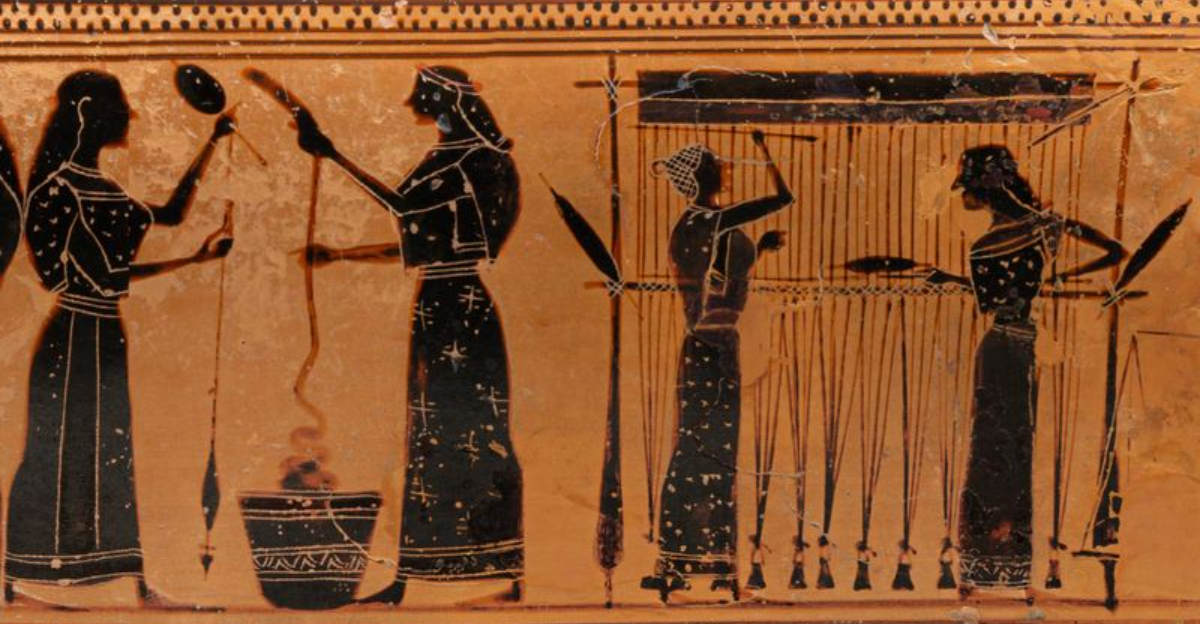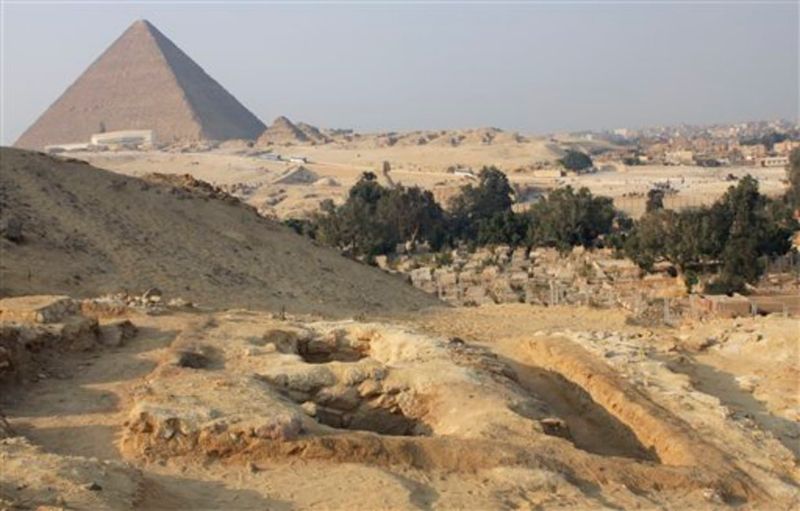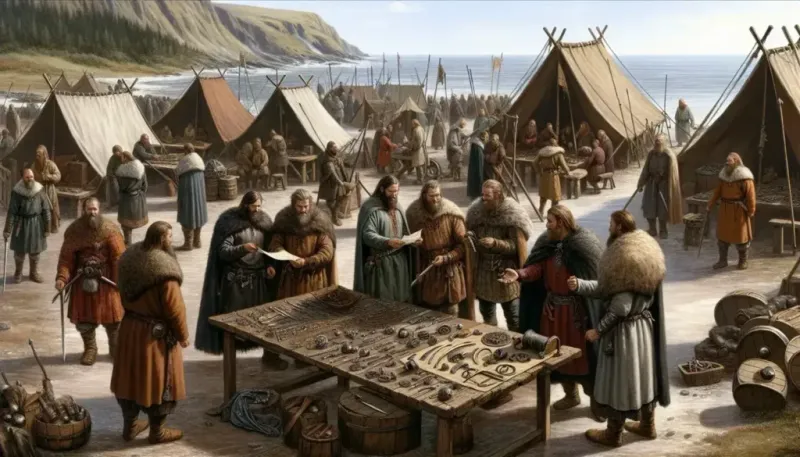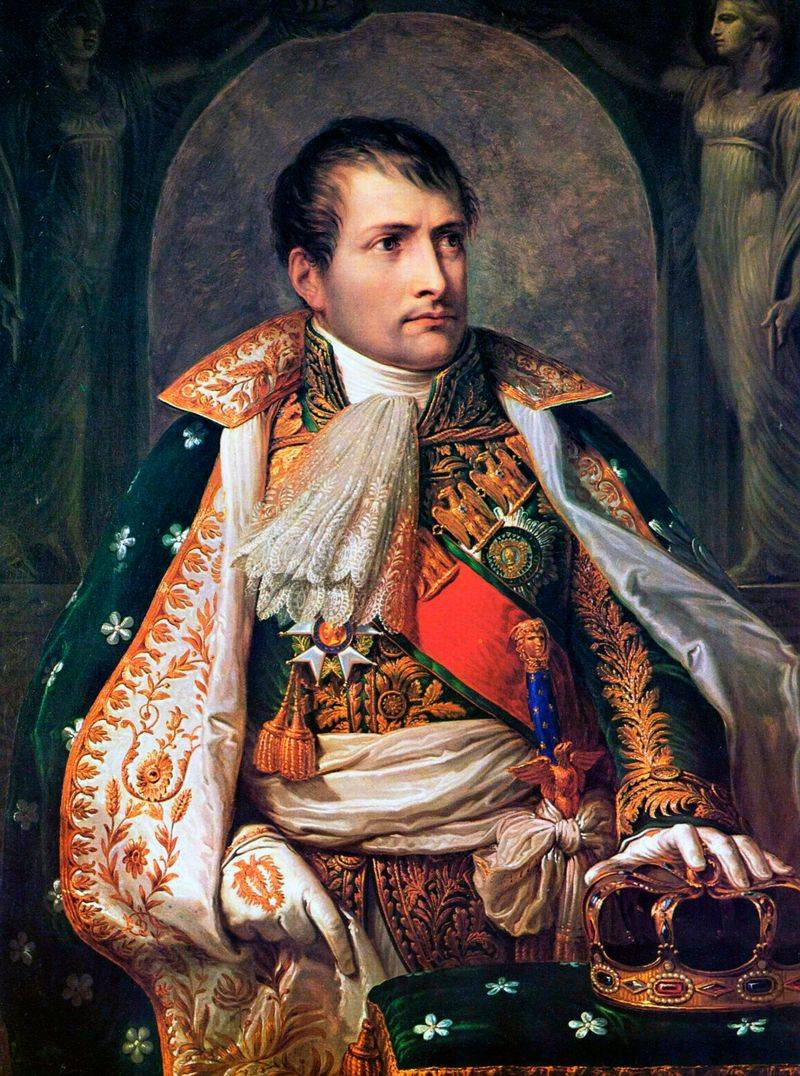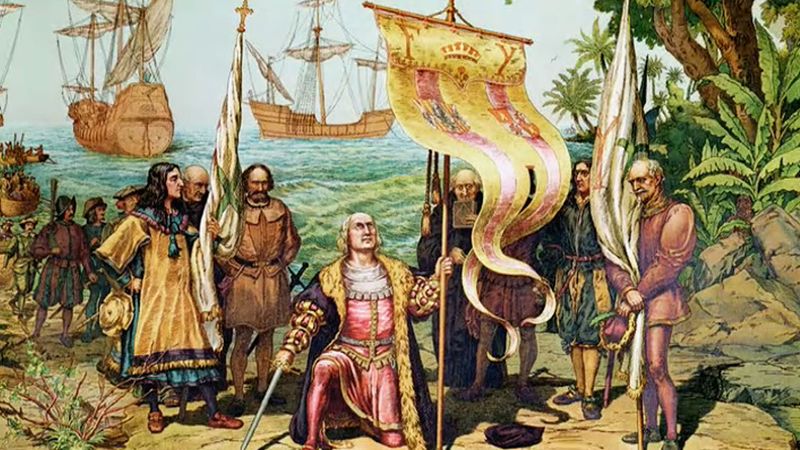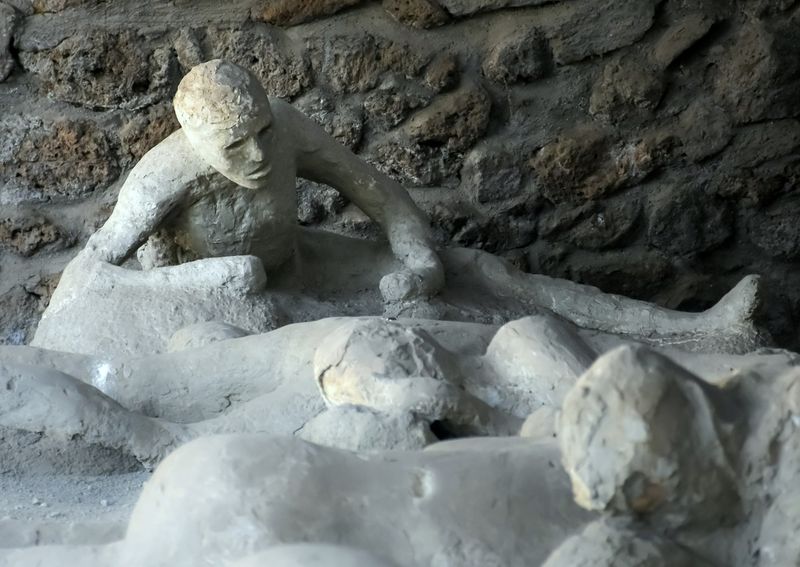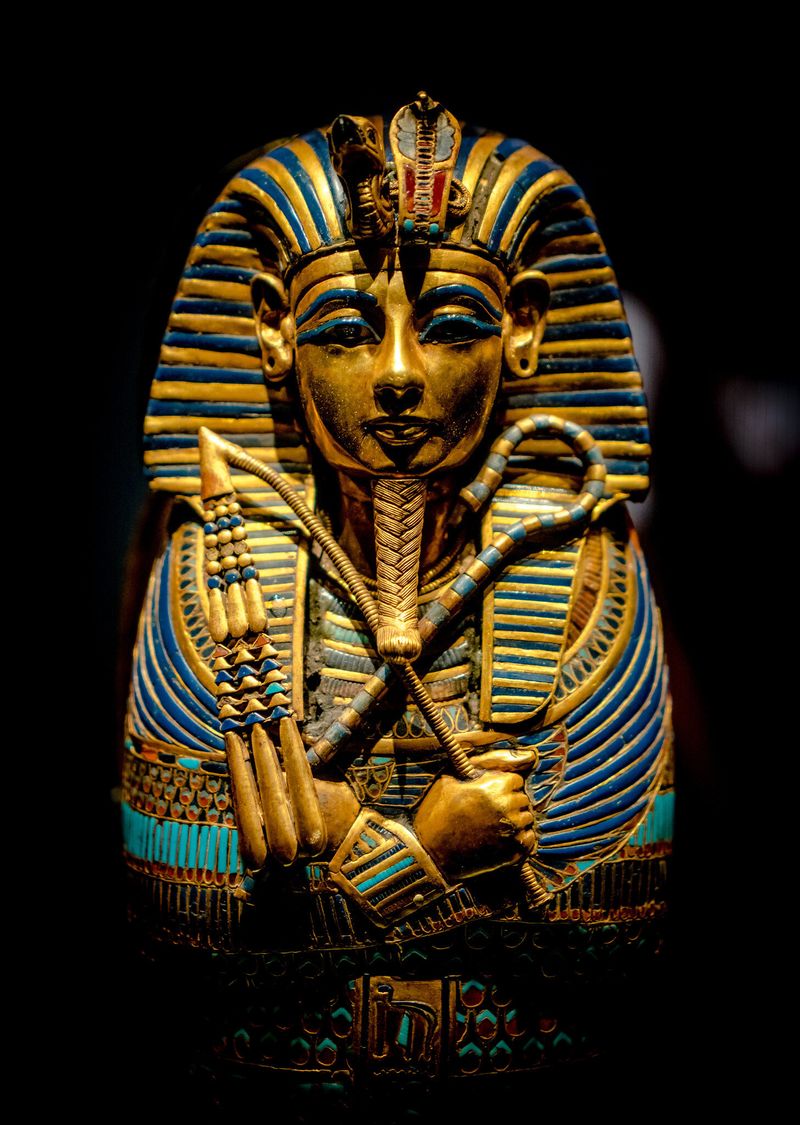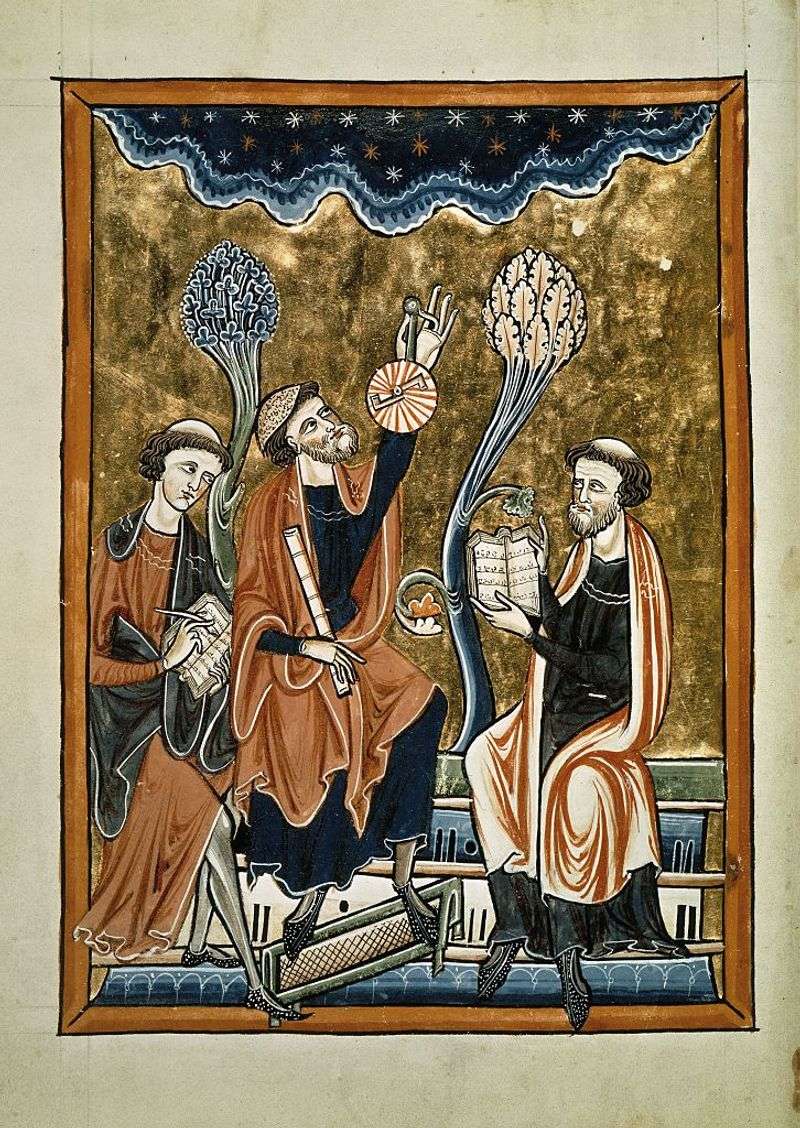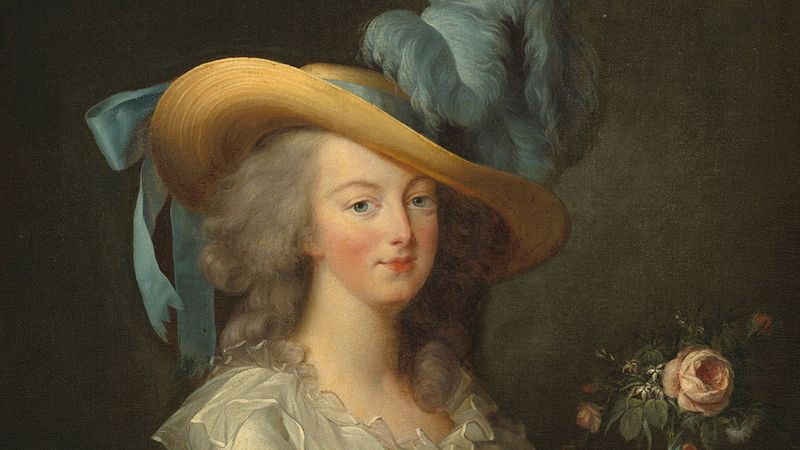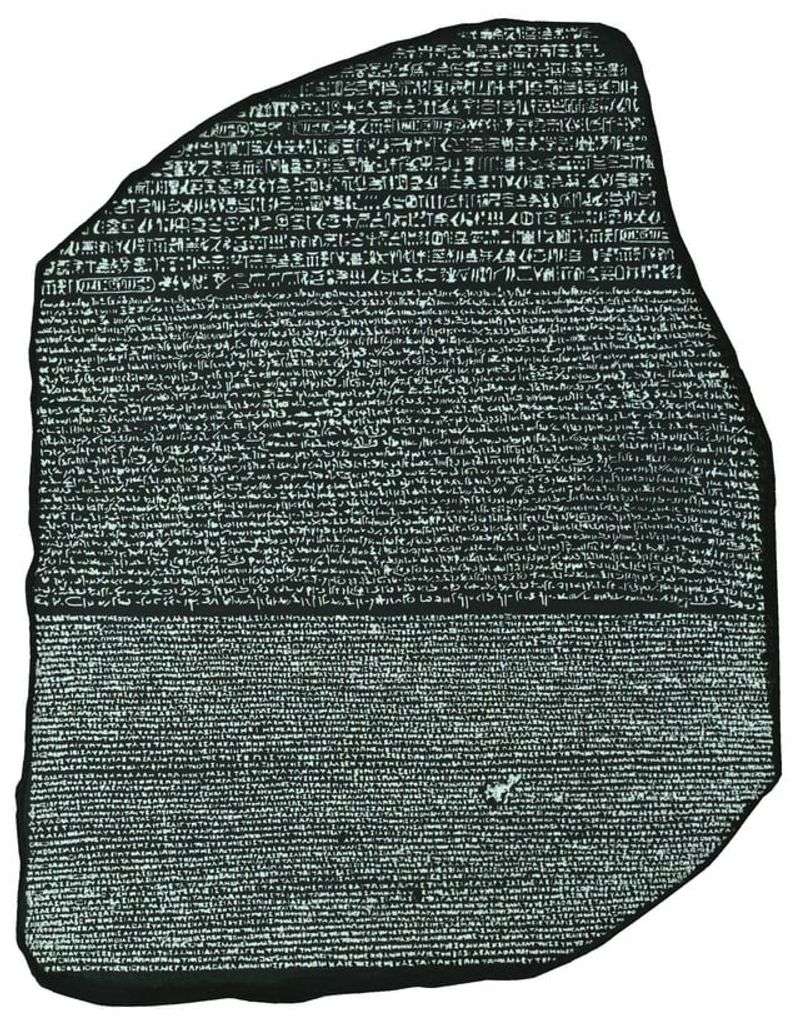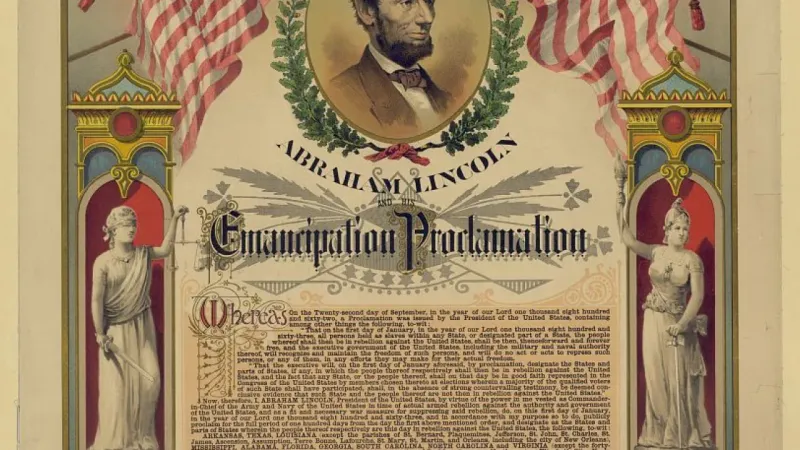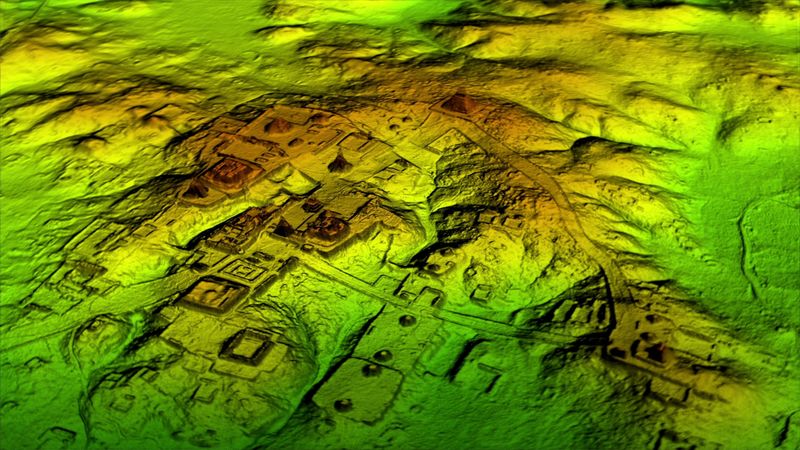History is a tapestry woven from discoveries and narratives, often subject to change as new evidence emerges.
The past is not always what it seems, and historians have repeatedly amended their understanding of events, cultures, and figures.
This article explores twenty instances where what we believed to be historical fact turned out to be misconceptions.
1. The Pyramids Weren’t Built by Slaves
For many years, the belief that slaves built the Great Pyramids dominated history lessons. However, recent archaeological discoveries have painted a different picture. Workers’ tombs found near the pyramids suggest that these laborers were not slaves but paid workers and skilled artisans. These individuals enjoyed high-status burials, indicating their valued position in society.
They were well-fed and provided with medical care, illustrating a stark contrast to the grim images of slave labor. The grandeur of the pyramids thus stands as a testament to the organizational and engineering prowess of ancient Egyptians, not the exploitation of oppressed labor.
2. Vikings Weren’t Just Brutal Warriors
The popular image of Vikings as ruthless marauders is only part of the story. Recent research has revealed that they were not just axe-wielding warriors but also skilled traders, settlers, and explorers. They established trade routes that spanned from the Middle East to North America.
Artifacts unearthed from various Viking sites display their intricate craftsmanship and deep understanding of seafaring. Their settlements in places like Greenland and Newfoundland highlight their adaptability. This broader perspective shows Vikings as pioneers of commerce and culture, shaping the medieval world far beyond their fearsome reputation.
3. Napoleon Wasn’t Short
The myth of Napoleon’s diminutive stature has persisted for centuries. This misconception arose from a confusion between French and English measurements at the time. In reality, Napoleon Bonaparte stood at about 5’6″ to 5’7″, which was average for a man of his era.
His contemporaries did not consider him unusually short, but his larger-than-life persona may have contributed to the exaggerated narrative. The notion of the ‘little corporal’ may have been more about metaphorical stature than physical. Napoleon’s legacy is marked by his military genius and indelible impact on European history, not his height.
4. Columbus Didn’t “Discover” America
The narrative of Christopher Columbus ‘discovering’ America overlooks the rich tapestry of cultures already flourishing across the continent. Indigenous peoples had established complex societies long before Columbus set sail. Additionally, Norse explorer Leif Erikson reached North America centuries earlier.
Columbus’ voyages did initiate widespread contact between the Old and New Worlds, but they were not the first. Recognition of these earlier inhabitants and explorers provides a more nuanced understanding of exploration history. This shifts the focus from a singular event to a continuous journey of discovery and cultural exchange.
5. The Salem Witch Trials Weren’t Just Mass Hysteria
The infamous Salem witch trials of 1692 are often painted as a frenzy of mass hysteria. However, modern historians have unearthed deeper roots of the panic. Socioeconomic tensions, ergot poisoning from rye, and personal vendettas played significant roles.
These factors combined to create an atmosphere ripe for accusation and fear. Understanding this multifaceted context reveals the trials as a tragic intersection of human psychology, societal pressure, and environmental factors. This more intricate view challenges the simplistic narrative and invites reflection on how fear can manipulate justice.
6. Cleopatra Wasn’t Egyptian
Cleopatra VII, the last pharaoh of Egypt, is often thought to be Egyptian by birth. However, she was a descendant of Ptolemy I, a general under Alexander the Great, and thus of Greek origin. The Ptolemaic dynasty ruled Egypt following Alexander’s conquests.
Cleopatra’s command of Egyptian culture and language helped solidify her rule and endear her to her subjects. Despite her Greek lineage, she became an enduring symbol of Egyptian royalty. This blend of Greek and Egyptian influences illustrates the complex intermingling of cultures in ancient history, reshaping our understanding of her identity.
7. Romans Didn’t Die at Pompeii from Lava
The tragic destruction of Pompeii in 79 AD is often attributed to lava flows from Mount Vesuvius. However, recent studies reveal that most victims perished from intense heat and toxic gases. These pyroclastic surges unleashed temperatures exceeding 570°F, capable of causing instantaneous death.
The volcanic ash preserved the city and its inhabitants, providing a poignant snapshot of life frozen in time. This stark reality contrasts with the more dramatic but inaccurate narrative of lava engulfment. The true story highlights the overwhelming power of volcanic fury, preserving its victims in haunting detail.
8. Medieval People Didn’t Believe the Earth Was Flat
The belief that medieval Europeans thought the Earth was flat is a persistent myth. In truth, educated people during the Middle Ages were well aware of the Earth’s roundness, a knowledge passed down from ancient Greek scholars like Pythagoras and Aristotle.
This false narrative gained prominence in the 19th century, possibly as a critique of medieval backwardness. However, medieval science and literature often depicted a spherical Earth. Recognizing this historical accuracy not only corrects a misconception but also acknowledges the sophistication of medieval scholarship.
9. The Trojan War Might Have Actually Happened
Once relegated to the realm of myth, the story of the Trojan War finds new grounding in archaeological discoveries. Excavations at Hisarlik in modern-day Turkey have unearthed layers of cities that correspond with Troy’s legendary timeline.
These findings suggest a historical conflict may have inspired Homer’s epic tales. Artifacts and structural remnants point to a civilization that experienced significant strife, lending credence to the idea that the Trojan War, while embellished, reflects real events. This blend of myth and history offers a richer tapestry for understanding the ancient world.
10. King Tut May Not Have Been Murdered
The sudden death of Pharaoh Tutankhamun at a young age sparked theories of murder and intrigue. However, modern medical scans have shifted the narrative. Evidence now points to a severe leg fracture leading to infection, compounded by genetic conditions due to royal inbreeding.
These findings challenge the notion of regicide, painting a picture of a fragile young ruler struck down by natural causes. Tutankhamun’s lavish burial and the treasures within his tomb continue to captivate, yet it is the clarity on his demise that reshapes our historical understanding of this iconic pharaoh.
11. The “Dark Ages” Weren’t So Dark
The term ‘Dark Ages’ casts a shadow over medieval Europe, suggesting a period of cultural stagnation. However, modern historians challenge this view, highlighting significant advancements in technology, trade, and culture during this time.
Innovations such as the heavy plow and windmill transformed agriculture, while trade routes expanded European horizons. Art and literature flourished with the Carolingian Renaissance and gothic architecture. This reevaluation paints the early medieval period as one of dynamic growth and development, dispelling the myth of an intellectually barren era.
12. Marie Antoinette Never Said “Let Them Eat Cake”
Marie Antoinette’s association with the phrase ‘Let them eat cake’ is a historical inaccuracy. This quote likely originated from political propaganda, aiming to highlight the disconnect between the monarchy and the common people.
The expression appears in earlier tales, misattributed to many royals. Marie’s compassion for the poor contradicts the sentiment of the phrase. This revelation challenges the simplistic villainy often assigned to her, offering a glimpse into the complexities and fabrications of political narratives during the French Revolution.
13. The Rosetta Stone Wasn’t the First Multilingual Script
The Rosetta Stone, famous for unlocking Egyptian hieroglyphs, is often seen as the first multilingual script. However, inscriptions like the Behistun Inscription predates it. This Persian script, carved in the 6th century BCE, featured texts in three languages: Old Persian, Elamite, and Babylonian.
Such examples illustrate ancient societies’ use of multilingual communication long before the Rosetta Stone. This understanding broadens our perception of ancient linguistic prowess, revealing a rich tradition of cross-cultural documentation and translation that predates this iconic artifact.
14. The Emancipation Proclamation Didn’t Instantly Free All Slaves
Abraham Lincoln’s Emancipation Proclamation is a cornerstone of American history, yet it didn’t instantly free all enslaved individuals. Targeting Confederate states in rebellion, it left slavery untouched in Union border states.
Freedom came gradually as Union forces advanced. The 13th Amendment, ratified in 1865, ultimately abolished slavery nationwide. This nuanced understanding highlights the Proclamation’s symbolic power and its role in the broader, complex journey towards freedom and equality for all enslaved people in the United States.
15. Gladiators Didn’t Always Fight to the Death
The image of gladiators locked in mortal combat is a staple of Roman history, but the reality was often different. Many gladiatorial contests were carefully managed events with rules, referees, and safety measures in place.
Gladiators were skilled athletes, comparable to modern sports stars, celebrated for their prowess rather than sheer brutality. Matches to the death were less common than popularly imagined, as gladiators were valuable investments. This reappraisal of gladiatorial games reveals a sophisticated entertainment industry, where spectacle didn’t always equate to death.
16. Spartans Were Not All Muscle and Glory
The Spartan reputation for military excellence often obscures the harsh realities of their society. Spartan dominance relied heavily on the labor of helots, a subjugated population providing agricultural support.
This allowed Spartans to focus on military training. The rigid social system enforced discipline and conformity, with little room for individual expression. This nuanced insight into Spartan life shows a society balanced precariously between strength and suppression, challenging the glorified image of a warrior utopia.
17. Stonehenge Wasn’t Built All at Once
Stonehenge, an iconic prehistoric monument, was not constructed in a single phase. Archaeological research reveals that it evolved over approximately 1,500 years, with contributions from various cultures.
Initial construction began around 3000 BCE, with subsequent additions and modifications spanning centuries. The purpose of Stonehenge remains a subject of debate, ranging from ceremonial to astronomical uses. This layered history highlights the site’s enduring significance and the diverse peoples who contributed to its creation.
18. Women Played Bigger Roles Than We Thought
Women in ancient societies often held roles of power and influence that were long overlooked by historians. Viking women have been discovered as warriors, challenging gender norms of their time.
In medieval Europe, women participated in trade, managed estates, and sometimes even ruled. These findings reshape our understanding of gender dynamics in history, highlighting women’s contributions to societal development. The reevaluation of historical records and archaeological evidence underscores the often-unrecognized impact of women throughout the ages.
19. The Great Fire of Rome Wasn’t Nero’s Doing
The Great Fire of Rome in 64 AD has long been associated with Emperor Nero, accused of setting the city ablaze to rebuild it grander. However, historical evidence suggests Nero was not responsible.
Contemporary accounts describe Nero actively participating in relief efforts, offering shelter and aid to victims. The arson accusation likely stems from political rivals seeking to tarnish his legacy. By reevaluating these narratives, historians shed new light on Nero’s role, illustrating how history can be swayed by ambition and rivalry.
20. Ancient Cities Were Much Larger and Cleaner
Technological advancements like LIDAR scanning have unveiled the true scale and sophistication of ancient cities. Sites such as Angkor in Cambodia and Teotihuacan in Mexico were far more extensive and populous than previously believed.
These cities showcased advanced urban planning with intricate water management systems and sanitation infrastructure. This newfound understanding challenges outdated perceptions, painting these ancient metropolises as thriving hubs of innovation and culture. The revelations about their size and cleanliness highlight the ingenuity of past civilizations.
